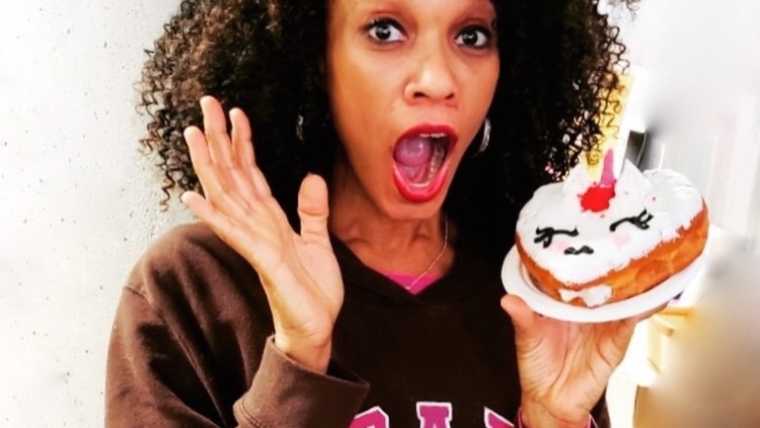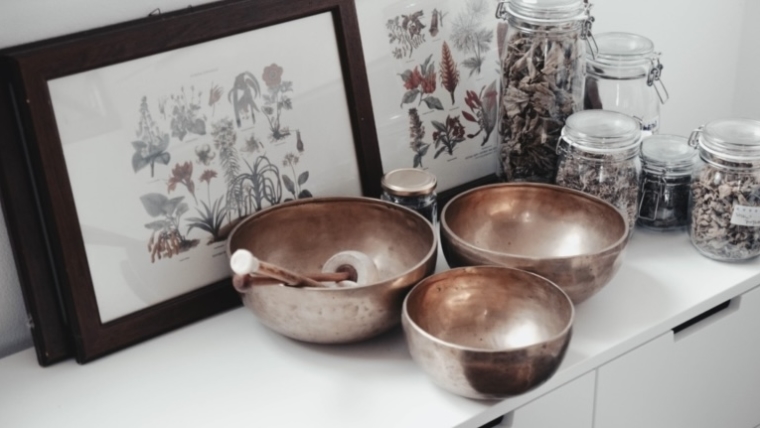Champagne is a light, sparkling wine first produced by accident in the Champagne region of France about 400 years ago. Now, the bubbly is the wine of choice to celebrate so many of life’s special occasions.
There’s a misconception that “good” champagne must be expensive, and from France.
That’s not the case. While the regional term Champagne is relegated to a certain area in France, it in no way defines the quality of the wine. All sparkling wines use the same grape varieties and identical fermentation methods. Ask your local wine merchant for recommendations based on your expectations and budget.
Champagne Etiquette
- Champagne should be served chilled, but not iced.
- When you pour Champagne, the bottle should have been chilled to about 45 to 49 degrees Fahrenheit, which enhances both taste and fragrance.
- Chill by filling a champagne bucket half-way with water and ice cubes and immersing the bottle for about 30 minutes or place a room-temperature bottle in the coldest part of your refrigerator for an hour or two, but don’t leave champagne in a refrigerator for an extended period.
Never chill a bottle in the freezer because it will explode.
- Champagne is ready for drinking when you purchase it, and will not be improved by aging. That said, you can safely store bottles for long periods under proper conditions (cool place, shielded from natural light). Avoid extreme changes in temperature.
- Champagne is best served in long-stemmed flutes or tulip-shaped glasses that are ideally suited to concentrate the wine’s aroma, and they enable you to better observe and admire Champagne’s distinctive bubbles and spirited sparkle.
Note: Do not chill glasses.
Serving over-chilled Champagne reduces the most essential aspect – bubbles – and won’t give guests the pleasant tasting experience they are hoping for.
- With 70 pounds of pressure behind the Champagne cork, the bottle should be opened with both care and style. Hold the bottle with the cork in the palm of your hand, at a 45-degree angle, away from you and anyone in your vicinity. Loosen the wire around the cork carefully, and gently ease the cork out, holding your fingers over it. A loud “pop!” may be traditional, but popping wastes bubbles, so gentle removal, accompanied by a “whoosh” not “pop” is best.
- Fill half the glass. Take a moment to admire the color and the bubbles. Inhale the bouquet, now taste the wine. Keep it in your mouth for several seconds to discern its qualities.
- No need to consume the entire bottle after it’s been opened. Capping the bottle with a pressure-withstanding stopper preserves the wine for two or even three days.
If You Go – Bubbly Las Vegas
Find yourself in Las Vegas with a taste for Champagne? You’re in luck. We love our bubbly, and have some of the most eclectic lounges for enjoying Champagne in the country, including The Chandelier at the Cosmopolitan, James Beard Foundation Nominee Garagiste Wine Room and Oak & Ivy, both downtown.



